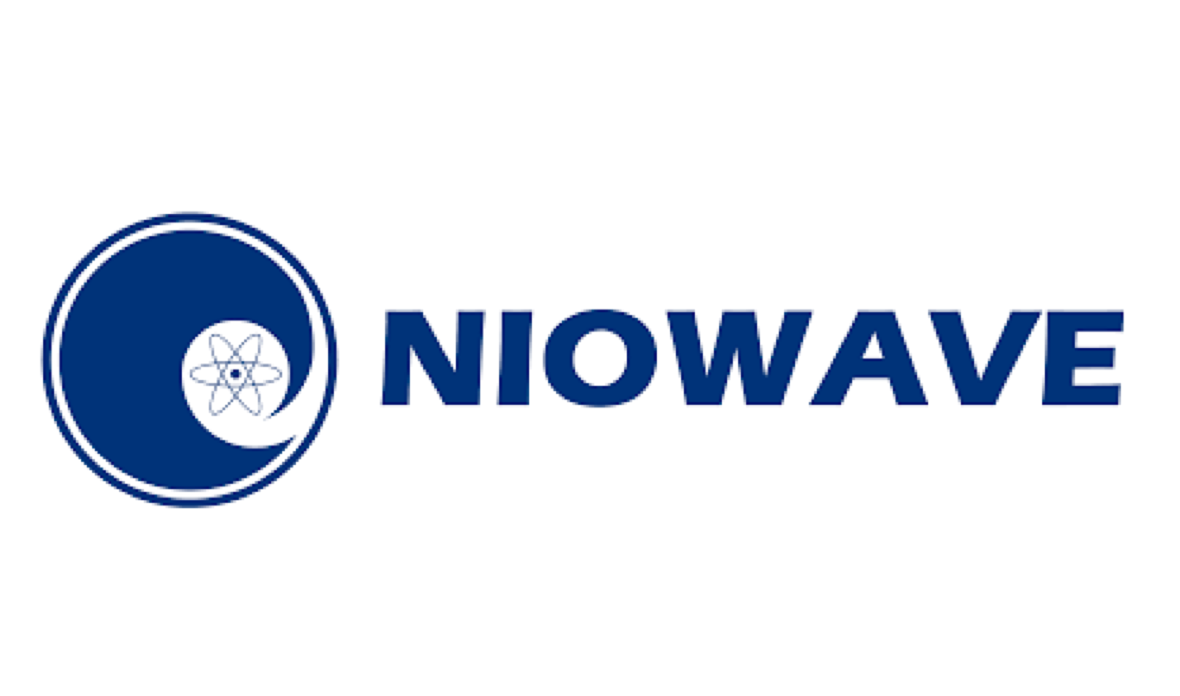Harvard Law School made it three years in a row atop the ranking of the nation’s law schools, according to the seventh edition of the nationally-known publication Judging the Law Schools. Created in 1999 by then-Thomas M. Cooley Law School President Thomas E. Brennan, and now prepared annually by Brennan, a former Chief Justice of the Michigan Supreme Court, and current Cooley President and Dean Don LeDuc, Judging the Law Schools compares all accredited law schools based on a wide variety of objective criteria identified as significant to consumers by the American Bar Association (ABA), the organization that does the accrediting.
According to the ABA, the Official Guide to ABA-Approved Law Schools "is designed to provide prospective law school applicants with basic information in a simple format that will facilitate comparisons among schools." The ranking in Judging the Law Schools is based upon that basic information, and it is now available online and can be used interactively. Viewers can search the current version according to school or state, or by any of the 32 factors used in the rankings, such as enrollment numbers, tuition, library data, number of applicants, LSAT scores, and minority enrollment. The online version can be found at http://www.cooley.edu/rankings.
The top 10 schools remained the same this year, although in somewhat different order. New York University continued its upward momentum, reaching second place, while the University of Virginia finished third. Georgetown University remained in fourth position, just ahead of the University of Texas. Columbia University and Yale University tied at sixth this year. Northwestern University, George Washington University, and Fordham University rounded out the top 10.
The second 10 included eight schools repeating from last year: the University of Minnesota moved from 13th to 11th, the University of Michigan finished 12th again, the University of California-Berkeley moved up one place from 14th to 13th, the University of Pennsylvania moved down to 14th from 11th, American University was 15th, the University of Wisconsin placed 16th, while the University of California-Los Angeles was 17th and the University of California-Hastings was 20th. Moving into the top 20 for the first time were the Thomas M. Cooley Law School in 18th place, up from 24th last year, and the 19th-place Chicago-Kent College of Law, which continued its rapid ascent after a 39th place finish in 2004.
This year’s Top 20 (with last year’s ranking in parentheses) were:
1. Harvard University (1)
2. New York University (3)
3. University of Virginia (8)
4. Georgetown University (4)
5. University of Texas (2)
6. (tie) Columbia University (7)
6. (tie) Yale University (6)
8. Northwestern University (9)
9. George Washington University (5)
10. Fordham University (10)
11. University of Minnesota (13)
12. University of Michigan (12)
13. University of California-Berkeley (14)
14. University of Pennsylvania (11)
15. American University (16)
16. University of Wisconsin (17)
17. University of California – Los Angeles (18)
18. Thomas M. Cooley Law School (24)
19. Chicago-Kent College of Law (39)
20. University of California-Hastings (15)
Rounding out the Top 50 were:
21. Brooklyn Law School (26)
22. University of Miami (22)
23. Loyola Law School (21)
24. University of Iowa (20)
25. Duke University (33)
26. Temple University (31)
27. Stanford University (28)
28. Ohio State University (38)
29. Boston University (32)
30. University of Denver (30)
31. University of Connecticut (27)
32. Boston College (19)
33. (tie) University of Maryland (25)
33. (tie) University of North Carolina (23)
35. Seton Hall University (40)
36. SMU Dedman School of Law (29)
37. Washington University (35)
38. Suffolk University (50)
39. University of Chicago (36)
40. University of Houston (37)
41. University of San Diego (45)
42. Tulane University (42)
43. University of Illinois (51)
44. University of Buffalo (48)
45. University of Southern California (44)
46. Benjamin N. Cardozo School of Law (43)
47. New York Law School (49)
48. Stetson University (47)
49. Indiana University-Bloomington (41)
50. St. John’s University (68)
New to the Top 50 are Illinois, which fell to 51st last year, but returns as 43rd this year, and St. John’s University at 50th. Falling out were the University of Florida, which dropped from 34th to 54th and William Mitchell, which slipped from 46th to 58th.
Justice Brennan said, "I began this publication because, like just about everyone else in legal education, I was sick and tired of the U.S. News and World Report’s annual opinion poll on American law schools and the inordinate impact it was having on the choices young people were making about where to go to law school." President LeDuc noted that law school deans are increasingly dismayed with the influence of the commercial exploitation and flaws in the U.S. News ranking and that some have begun to call for competitive ranking systems, including those that, like Judging the Law Schools, rely exclusively upon the ABA information.
"U.S. News uses a system that lacks objectivity because it is commercial. Their rankings reflect elitist values, like exclusivity in admissions and the inherent prejudice that comes from heavy reliance on reputation, which is introduced without consideration of knowledge about the law schools among those assessing their reputations," LeDuc added. He stated that the system used in Judging the Law Schools has its own subjectivity, such as ranking large schools higher than small schools and inexpensive schools higher than expensive schools, but he pointed out that all of the data is objective and made public by the American Bar Association, that no factor is given more than three percent of the weight in the rankings, and that no consideration is given to opinion about a school’s reputation. "We’ll defend the Top 20 schools identified by the system we used in Judging the Law Schools against any rankings by others, including that done by U.S. News," President LeDuc asserted.
Founded in 1972, Cooley Law School is the largest law school in the country and includes the largest minority student enrollment. It operates programs in Michigan’s Capitol in Lansing, on the campus of Oakland University in Rochester, and in downtown Grand Rapids, in conjunction with Western Michigan University. Information about Cooley can be found at www.cooley.edu.



